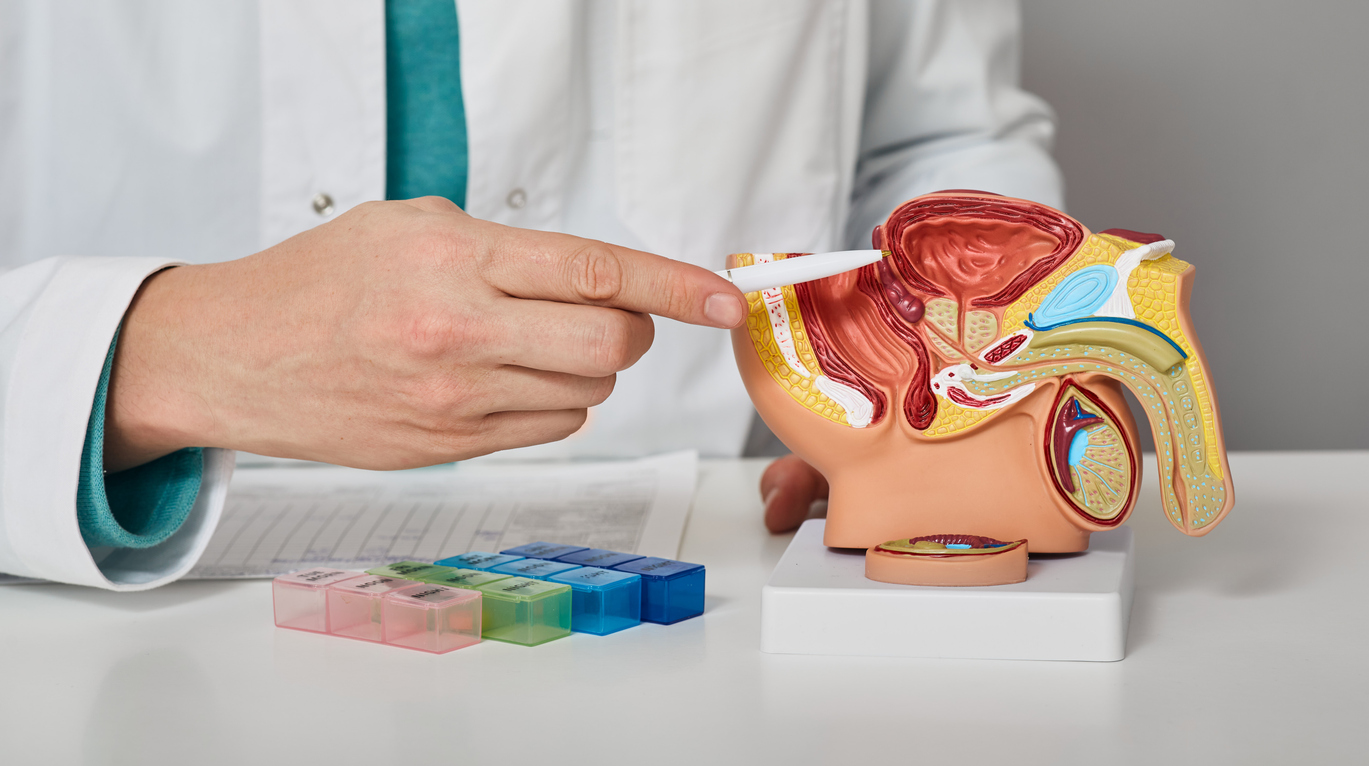2025-05-15
CBD & Sun: innovation beneath the skin
Oncology
UV-A radiation is a major contributor to skin photoaging and photocarcinogenesis due to its ability to penetrate deep into the dermis. Unlike UV-B rays, which cause visible sunburn, UV-A rays produce large amounts of reactive oxygen species (ROS), leading to persistent damage to both nuclear and mitochondrial DNA, as well as chronic inflammation. Among the most common alterations are 8-oxoguanine base oxidation and mitochondrial DNA deletions such as ND1 and ND4. These lesions are directly linked to accelerated skin aging and an increased risk of skin cancer.
In this context, sunscreens provide a strong preventive option. These products work by absorbing, reflecting, or scattering UV rays at the skin’s surface, depending on whether they contain chemical or mineral agents. UV-B filters are generally effective in preventing sunburn, but UV-A filters—which protect against deeper damage—are often less efficient.
As a result, current sunscreens offer limited protection against UV-A, highlighting a pressing need for more effective photoprotective solutions. Cannabidiol (CBD), a non-psychoactive compound derived from hemp, has demonstrated antioxidant and anti-inflammatory properties in vitro, particularly under UV-induced oxidative stress conditions.
This study aimed to evaluate the ability of a topical cream formulated with nanoencapsulated CBD (nCBD) to reduce UV-A-induced damage to both nuclear and mitochondrial DNA.
CBD & UV: shield or illusion?
In this study, 19 healthy volunteers (skin types I to III, aged 23–64) were randomly divided into two groups:
- One group applied a cream containing nCBD on a designated skin area;
- The other group applied a control cream (VC).
Participants applied the treatments twice daily for 14 days. Following the treatment period, both skin areas were exposed to UV-A radiation at 33 times the minimal erythema dose (MED-A). Biopsies were taken 24 hours later for histological, immunohistochemical (IHC), and PCR analyses targeting mtDNA mutations.
Clincally, 21% of participants had reduced erythema in the area treated with CBD. Histological analysis showed that nCBD significantly reduced epidermal hyperplasia, with an average rate of 11.3% versus 28.7% for the control cream. Immunohistochemical analysis revealed a significant decrease in the expression of OGG1—a marker of oxidative DNA damage—in the nCBD-treated skin.
At the molecular level, UV-A-induced mitochondrial DNA deletions were significantly reduced, including a notable decrease in ND4 and ND1 deletions. Semi-quantitative PCR analysis also revealed a downward trend in the 762 bp mutant product in nCBD-treated subjects, although this difference was not statistically significant.
A next-generation skin protector?
Photoaging results from cumulative, chronic exposure to UV-A, leading to visible and invisible damage, such as DNA mutations and chronic inflammation that contribute to the progressive breakdown of skin structures. One of the main current challenges is to develop effective preventive strategies against UV-A, which penetrates deeper into the skin than UV-B. Traditional sunscreens offer only partial surface-level protection and do not address the deeper molecular damage.
In this context, the study evaluated the effectiveness of an innovative topical treatment based on nanoencapsulated CBD, targeting early photodamage biomarkers such as epidermal hyperplasia, OGG1 expression, and ND1/ND4 mitochondrial DNA deletions.
The results show that nCBD significantly reduces these alterations, which are often associated with a higher risk of skin cancer. These findings suggest that CBD may offer photoprotective potential at the cellular and subcellular levels, beyond the physical barrier provided by UV filters.
However, several limitations must be considered, suggesting the need for further research. Additional studies with larger and more diverse cohorts, direct comparisons with established photoprotectants, and long-term safety evaluations will be essential to confirm these results. If substantiated, nanoencapsulated topical CBD could represent a novel approach in molecular prevention of UV-A-induced skin aging and precancerous lesions.
Read next: Vitamin D and skin: friendly or hostile light?

Last press reviews
Does smoking during pregnancy protect against type 1 diabetes?

By Ana Espino | Published on November 24, 2025 | 3 min read<br>...
Digital rectal exam in prostate cancer screening: time to rethink its role?

By Carolina Lima | Published on November 20, 2025 | 3 min read<br>
Prostate cancer: could physical exercise be the key to regaining an active sexual life?

By Lila Rouland | Published on November 21, 2025 | 3 min read<br>...